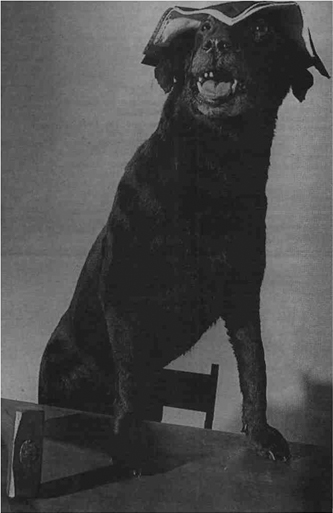Andrew Graham-Dixon on the gloomy concerns of Denis Masi and Tim Head
A VOICE on the Tannoy announces that you have checked into "Imagination Control". Plans are under way, it adds in a grim monotone, to "transport you like facts to be kept in our computers". You arc in a dark room; at its centre stands a curious construction, a hybrid of half-built Nissen hut, podium and funerary monument. This houses a number of objects: bronze casts of a soldier's helmet, a sword, a military telephone and a water flask; a pair of abstract marble sculptures; a white marble sarcophagus lined with mirrored glass. Closer inspection is not possible — you are denied access by a perimeter of industrial tape on the floor, and notices that read "Do not cross this line".
This, more or less, is Denis Masi's installation. Shrine, at the Imperial War Museum. Visitors tend to wander in and leave quickly, outfaced by the work's dour por-tentousness. A gloomy time is had by all. It is much as you'd expect; this, after all, is Political Art.
Masi's Shrine belongs in a relatively well-defined genre of modern sculpture: the anti-monument. The form was pioneered by Michael Sandle, whose grim A Memorial to the Twentieth Century, with its skeletal Mickey Mouse manning a machine gun, clearly lies behind much of Masi's art. But where Sandle never left you in much doubt about his political affiliations (A Memorial was his anti-Vietnam polemic), Masi pre-fers ambiguity.
It is hard to say what, exactly, Shrine is an anti-monument to. It is a reliquary of sorts, faithfully preserving what seem to be the personal effects of those missing in action. In context — in proximity to all those cluttered display cases at the IWM, tinny curatorial recreations of trench warfare and the like...


